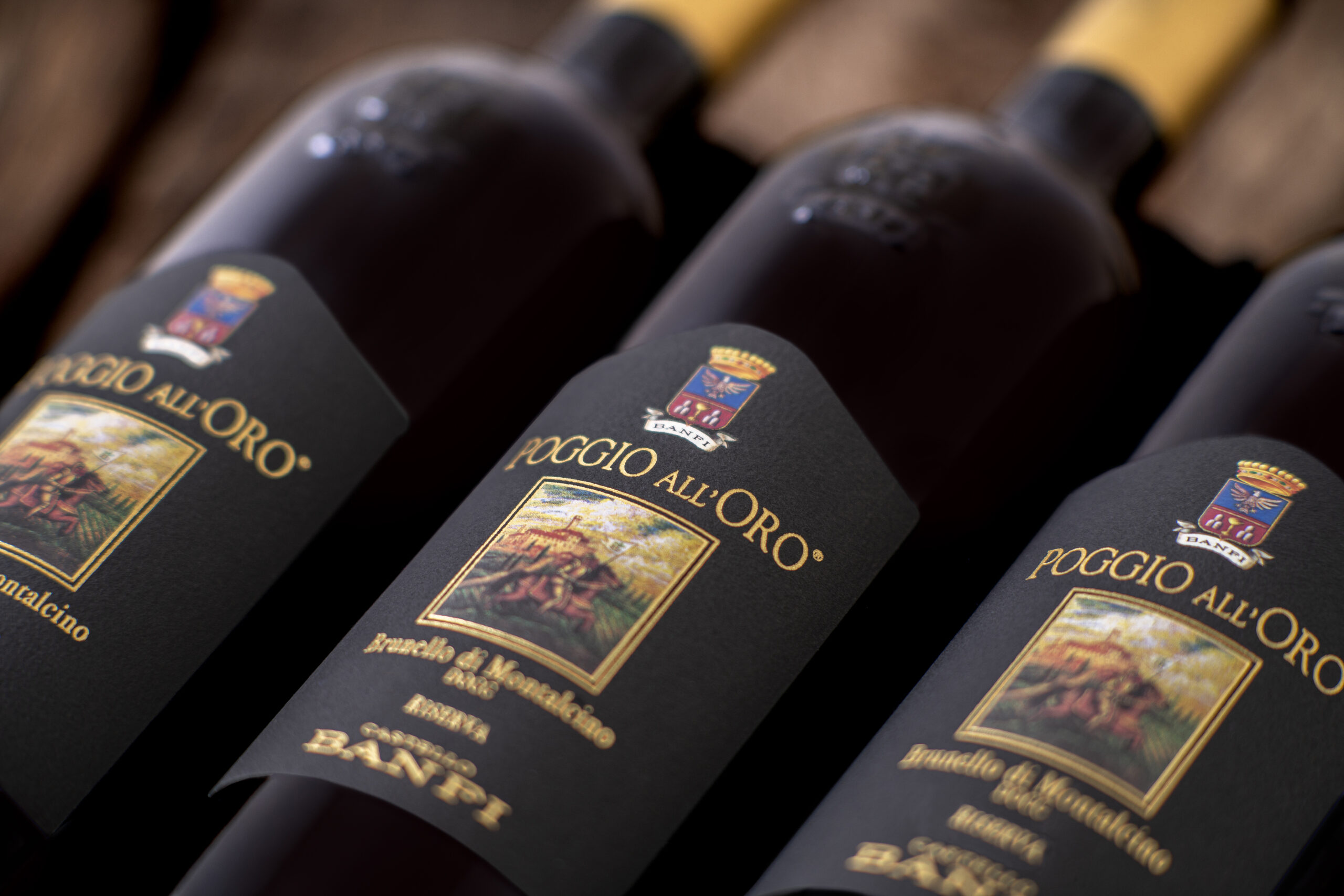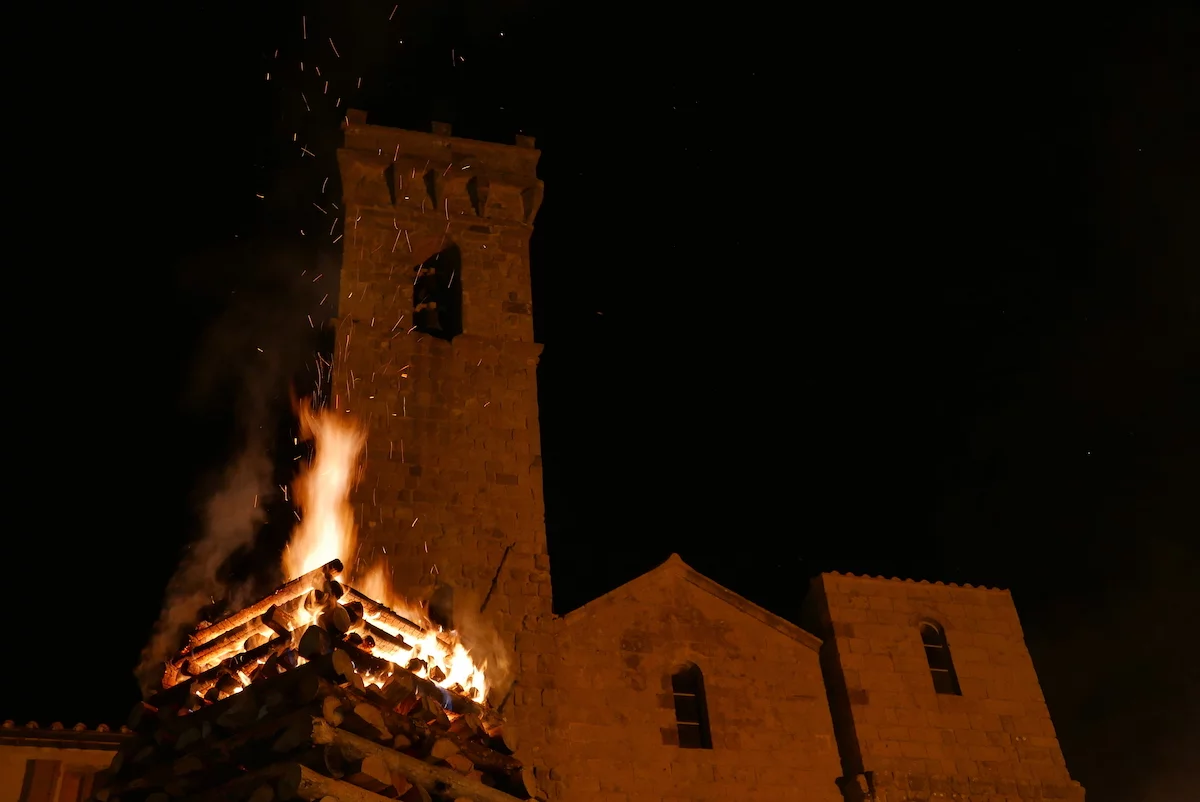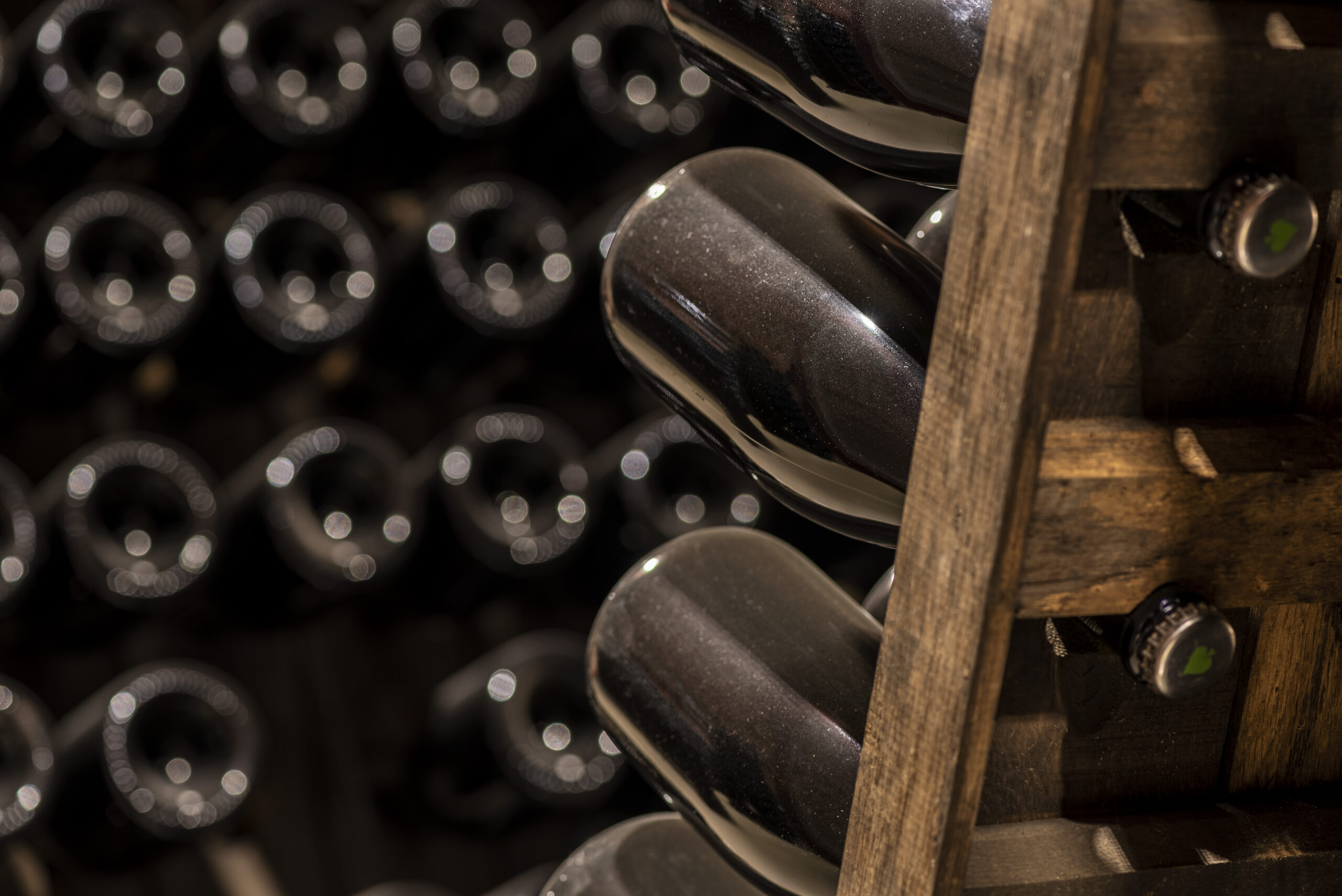Among the factors that influence the experience of tasting a wine is undoubtedly its state of conservationin order to keep its characteristics intact and to enhance its bouquet of aromas when opened, it is essential to know where and how to store wine in the house while still sealed or once wine bottles have been opened.
How to store wine: factors to take into account
To store wine optimally at home, it is important to consider three aspects:
lthe temperature of the wine, the brightness of the room and the position of the bottle.
Temperature
Temperature plays an essential role: the temperature fluctuations or wrong temperatures can alter the organoleptic characteristics of wine and damage its olfactory, aromatic and taste characteristics, as well as delay or accelerate the ageing process.
Below 10° you risk the formation of small ice crystals while above 18° the wine may undergo rapid maturation, as well as the loss of its original characteristics. In the case of WHITE WINES we recommend a temperature of 10°- 12°C while for the red wines a temperature between 12° and 15°C.
Brightness
I sun rays are harmful to the wine bottle as they can trigger a oxidation process which compromises taste and quality.
That is why it is always recommended to storing wine in dark or semi-dark places and above all never to expose it to direct contact with sunlight or phosphorescent lights.
Location
Another factor to be taken into account is the bottle position. So how should wine be stored, horizontally or vertically? The advice is for bottles to be arranged in horizontal position to ensure that the liquid wets the cork so as to prevent the oxidation process from starting.
True connoisseurs know that the ideal position is not perfectly horizontal: the bottle should be further inclined by 5° with the cap facing upwards. Most wine cellars have, not surprisingly, a bottle rack with precisely this inclination.
Where it is best to store wine
Cellar
The ideal place to store wine is the winery because it is a dark room with a more constant temperature than other rooms in the house.
It is no coincidence that in wineries the cellar is the heart button of the vinificationthe casket that holds the wines during their refinement in barrels and bottles and that allows them to mature to the right point for quality products.
Wine cellars or cold stores
However, not everyone is fortunate enough to have a cellar. In such cases, one can resort to the wine cellars or wine librariesspecial cold rooms designed for store wine at a controlled temperature and in a horizontal position. The best models are small and compact and can accommodate numerous bottles while taking up little space. Some are real technological and design gems.
How long can you keep an open bottle of wine
Wine is a 'living' product: its characteristics change over time. If left in a sealed bottle for a long time, in optimal conditions, its perfumes and aromas evolve into more complex and articulated structures with the passage of time.
The same happens when opening a bottleContact with air produces alterations in the organoleptic components of the wine. In several cases, oxygenation of the wine is a procedure that allows the wine to release its characteristics to the full. This is the case, for example, with aged and well-structured red wines, which must be aerated inside special decanters or in the bottle itself before serving.
Oxygenation
L'oxygenationIn fact, it has the function of rebalancing the wine with its surroundings by eliminating the so-called reduction smell.
However, keeping a bottle opened for a long time alters its characteristics, damaging the wine. Aromatic substances evaporate and can increase thevolatile acidity which gives the wine an unpleasant sour taste.
So, How long can you keep an open bottle of wine? It all depends on the type of wine.
How to store white wine and sparkling wine
In general, the WHITE WINES should be stored at a temperature of 10° - 12°C while the bottle is still sealed, possibly in a horizontal position. Storage after opening for whites is only possible for one to three days if the cork is screwed, and for sparkling wines only a few hours (maximum 24 hours).
How to store red wine
I red wines instead should be stored at a temperature between 12° and 15°C in a horizontal position. However, it is advisable to rotate them in upright position one day before serving them on the table. This will in fact favour the depositing of particles on the bottom.



